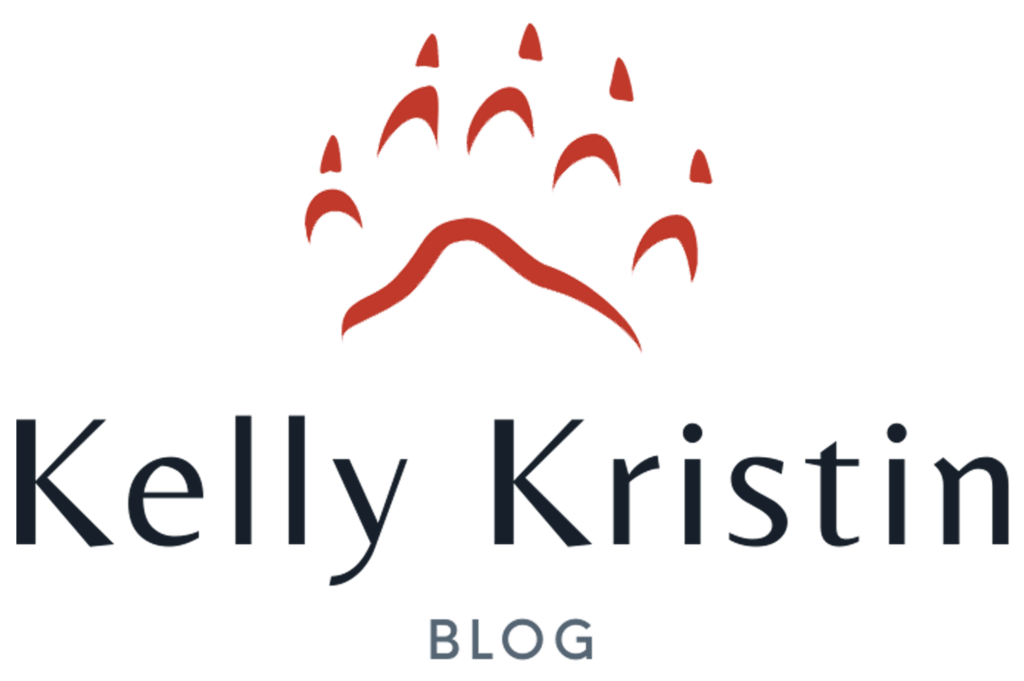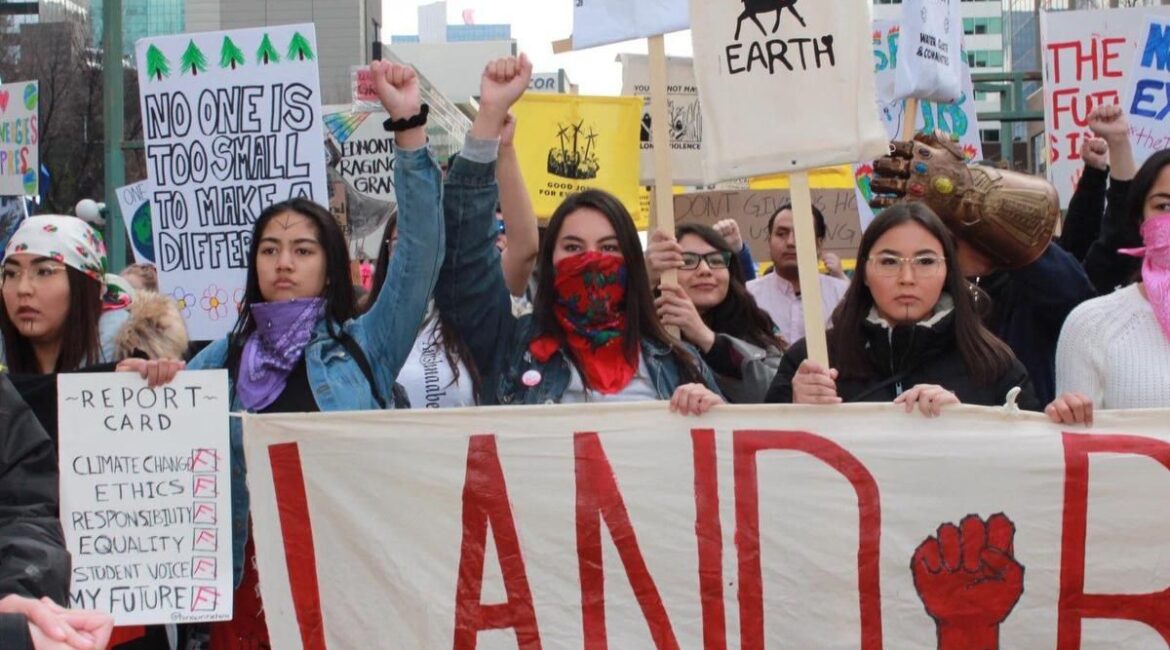Indigenous women have long been at the forefront of the struggle for justice in their communities. They have faced centuries of oppression and violence, yet they continue to fight for their rights. In this article, we will explore the impact of colonization on Indigenous women and hear the voices from the frontline. We will learn about their strength and resilience in the face of adversity and discuss ways we can support them in their struggle for liberation.
1) What is colonization and its effects on Indigenous women specifically?
Colonization is the process by which a country or territory is brought under the political control of another country. It typically involves the establishment of settlements and the imposition of colonial rule, much like how England settled in Canada.
The impact of colonization on Indigenous women has been devastating. For centuries, they have been oppressed and exploited by colonial governments and institutions. Before settlers came, many Indigenous communities were led by matriarchs.
The legacy of colonialism is still felt today, as Indigenous women continue to face discrimination and violence at the hands of settler-colonial societies. The MMIWG2S movement is the most prominent in helping draw attention to the violence that Indigenous women face today.
I wouldn’t say I like taking evening classes at my downtown University for fear of walking to and from my car in a dark parking lot with my needed technology for class. I cannot run in the park for fear of being targeted. I cannot walk into a store and buy myself drugstore makeup without being followed or watched. I am supposed to learn to live with it and avoid those situations. My non-Indigenous counterpart very well may not experience those situations at all in their lifetime.
2) How has colonization oppressed Indigenous women for centuries?
Due to colonialism, women from Indigenous communities have long been subjected to violence and exploitation. They have been marginalized and excluded from traditional Indigenous societies while also targeting colonial authorities for assimilation. Indigenous females have faced racism, sexism, and classism in addition to the consequences of colonization because they are generally the most vulnerable members of their communities.
Women often held positions of power and leadership in their communities pre-settler, but along with European settlers came their patriarchal views and values. Furthermore, European men sexualized the Indigenous woman to the point where if she did not meet their Victorian standards of a woman, she was deemed not worthy of any respect.
In addition to the physical and economic violence they face, Indigenous women and girls also experience high psychological trauma due to the intergenerational effects of colonization like residential schools and the 60’s scoop. We need to break the cycle.
These factors have contributed to the high rates of violence against Indigenous women. They are three times more likely to experience violence than non-Indigenous women. As well as discrimination, I can tell you that from working in retail in one of Canada’s most racist cities, I have faced daily violence, harassment, and biased views based on my culture and colour of skin. I have been passed over being asked for help when I was the only person who knew how. I felt I couldn’t raise this issue within the companies I worked for. How would you even begin to explain and ask for understanding and compassion?
3) How do we begin to heal the wounds of colonization?
It will take a lot of work to heal the wounds of colonization. This includes things like:
Acknowledging and confronting the history and legacy of colonialism.
Educate yourself on the Indian Act. Read the 94 calls to action.
Honouring Indigenous cultures and traditions.
Take part in Indigenous celebrations. Acknowledge the Indigenous land you live on.
Supporting Indigenous communities in their struggle for liberation.
Encourage reclamation of identity. Support learning of dance and regalia wearing.
Promoting gender equity and social justice.
Get involved with MMIWG2S. Volunteer with Indigenous-led organizations.
Until we take these steps, the violence and oppression of Indigenous women will continue.
4) What can we do to support Indigenous women in their struggle for liberation?
There are many ways to support Indigenous women in their struggle for liberation.
Learn about the history and culture of Indigenous peoples.
Take a course to participate in local Indigenous practices.
Advocate for Indigenous rights.
Be an ally, show up and support. Educate yourself why and stand for it.
Stand up against discrimination and violence against Indigenous women.
Offer to walk in pairs or wait with. Participate in MMWIG2S rallies.
Donate to or volunteer with Indigenous organizations.
Look up local Indigenous not for profits and see how you can help or mentor.
Support local women-led Indigenous businesses.
Look up and buy from your local Indigenous businesswomen and supporters.
Listen when an Indigenous woman speaks, learn her story. Learn her why.
There is a rise in Indigenous women speaking up and out; the stories and advice they tell hold important lessons for future generations.
Indigenous women are an immense source of strength and resilience. They have survived centuries of violence and oppression, and they will continue to fight for their liberation. We must stand with them in solidarity.
If you’re looking to learn more about the impact of colonization on indigenous women, check out this video:
https://riseupfeministarchive.ca/culture/films/women-in-canadian-history-mary-two-axe-early/
And for more ways that you can support Indigenous women, visit
https://riseupfeministarchive.ca/activism/issues-actions/indigenous-womens-rights/
Thank you for being so supportive!




